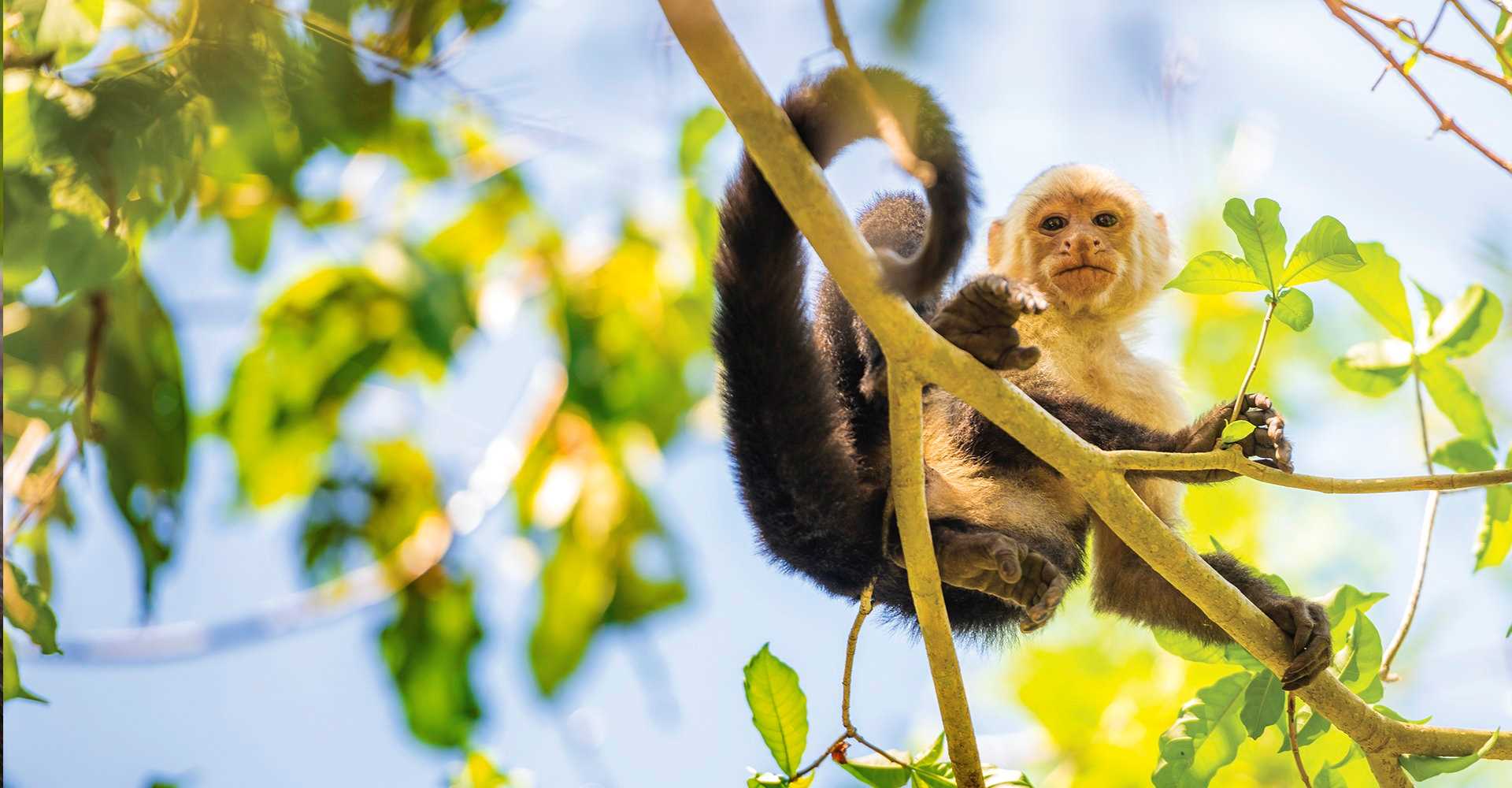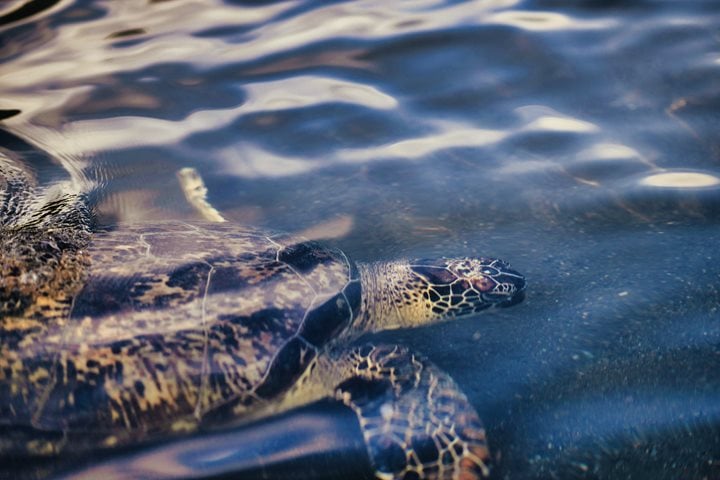You may not know their name, but you’ve definitely seen their notorious little white faces on the big and small screen. Stealing the spotlight in movies and TV shows like Pirates of the Caribbean, Night at the Museum and Friends (and in pre-digital days as the organ grinder’s sidekick), white-faced capuchins are celebrities in their own right. But there’s much more to these mischievous monkeys than their Hollywood persona.
Get Inspired by Photos, Videos, Webinars, Stories, and Exclusive Offers.
Sign Up
White-faced capuchins were first discovered in the 15th century when European explorers visited the forests of the New World. Capuchins earned their name thanks to the dark caps of hair atop their heads which quickly called to mind Capuchin monks in their deep coffee-colored hooded robes. (Cappuccinos, Italian for “little hood,” owe their name to the friars too). Also known as white-headed or white-throated, these monkeys are the only one among eight species of capuchins to sport jet-black hair framed by white (sometimes yellowish) hair around the face and upper chest.
Like many humans, white-faced capuchins are diurnal, active in the daytime and sleeping at night. Swinging jauntily from branch to branch and traveling in troops of 20 or more, these arboreal creatures are typically easy to spot when exploring the Panama and Costa Rica rainforests—not to mention very entertaining to watch! But don’t let their playfulness fool you: as adept tool users and efficient communicators, they are the most intelligent among all New World monkeys. Their intelligence also shines outside the forest: white-faced capuchins have been trained to assist paraplegics by fetching food and books, combing hair, and much more.
Learn more about this deceptively cute monkey.









